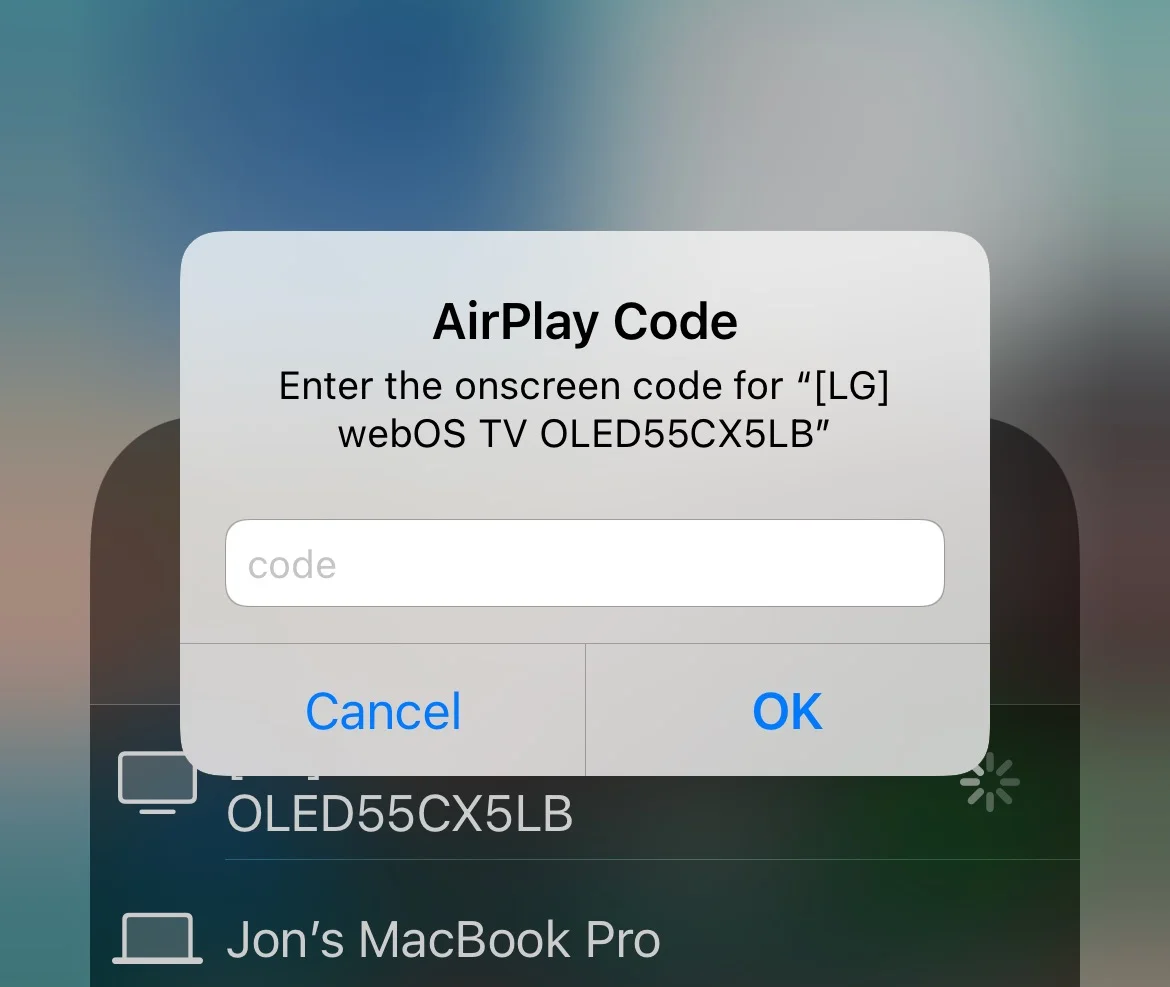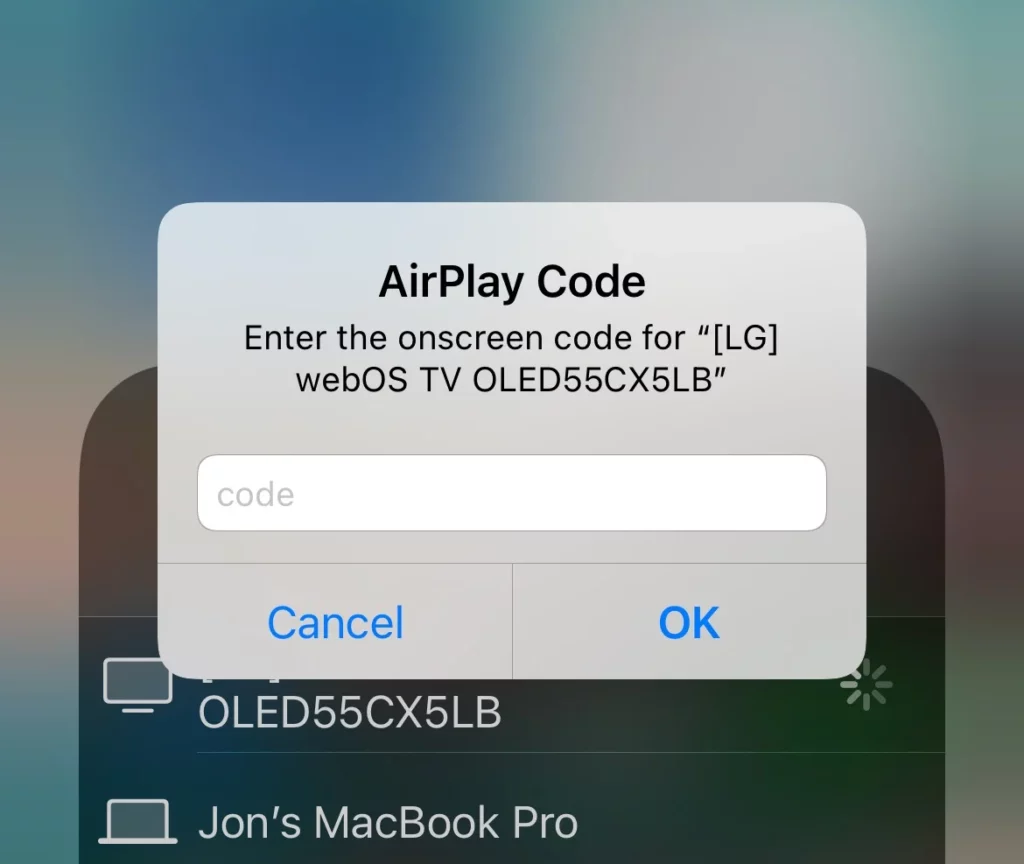Table of Contents
Airplay iPhone To TV Screen Mirroring?
Airplay iPhone To TV Screen Mirroring? You can mirror what’s on your iPhone to your TV for a great big-screen experience. It’s perfect for watching videos, displaying photos, giving presentations, and more.
To mirror your screen, open Control Center. On iPhone X and later, or iPad with iOS 12 or later, swipe down. Select your TV or AirPlay 2-compatible device.
1. Connect your iPhone to your TV:
For a long time now, it’s been possible to connect your iPhone to your TV and mirror whatever is on its screen right on the big display. This is called Airplay and it’s great for showing friends cool features on your iPhone or just watching a movie or playing some games on the go. But, there are some issues with the process and you need to keep a few things in mind when using it.
The first thing you need to make sure is that your iPhone and TV are both connected to the same Wi-Fi network. This makes the two devices speak the same language so they can understand each other. Next, you need to turn on your TV and set it to the HDMI port that is compatible with your device. You may need an HDMI adapter as well, depending on your phone model.
Now you need to connect your iPhone to your TV using the Wi-Fi connection or an AV cable. To do this, open your iPhone’s Control Center (swipe down from the top-right corner on newer iPhone models or swipe up from the bottom of the screen for older phones). Now tap on the Screen Mirroring icon – it looks like two rectangles on top of each other. You will see a list of available devices on the same Wi-Fi network that work with Apple’s AirPlay protocol. Select your TV from the list and enter the code shown on your TV if prompted.
2. Go to Settings:
Although screen mirroring isn’t available for every device and TV, it can be useful when you want to replay a video from the camera roll, display a photo slide show, communally browse social media, or play iOS games. It also lets you enjoy your favorite audio and video apps on a bigger screen. You can use either an AV cable or AirPlay to connect your iPhone.
To set up AirPlay, make sure your TV and iPhone are on the same Wi-Fi network. Then open Control Center (or on iPhone X or later, swipe down from the top right corner). Tap the Screen Mirroring button, and select your TV. If prompted, enter the passcode displayed on the TV into your iPhone.
If you’re using an Apple TV 4K or AirPlay-compatible smart TV, you can simply choose the TV as the destination in your iPhone’s Settings app when you’re playing a video or music. During the playback, the iPhone’s screen and system audio are automatically mirrored on the TV.
If you don’t have an Apple TV or another AirPlay-compatible device, you can use an HDMI cable to connect your iPhone to the TV.
However, this method consumes more battery than AirPlay. You may also find that the picture quality isn’t as good. If you don’t mind these drawbacks, this is the most straightforward way to connect your iPhone to a TV.
3. Tap Screen Mirroring:
If you have a TV that supports AirPlay, such as an Apple TV or Roku streaming device, you can mirror the iPhone’s screen to the TV using Wi-Fi. This lets you play videos, watch sports, or use apps on your phone while watching the video on a larger screen.
To start, make sure the iPhone and TV are connected to the same Wi-Fi network and powered on. Then, swipe down from the top of the iPhone’s screen to open Control Center. Tap Screen Mirroring, then select your TV. If prompted with an AirPlay passcode, enter it on your iPhone.
You can also connect the iPhone to a TV that doesn’t support AirPlay with a wired HDMI cable. This method is less convenient than AirPlay, but it’s a good option if you don’t have a wireless router that supports Wi-Fi or your home Wi-Fi isn’t strong enough.
To connect, plug one end of an HDMI cable into the TV’s HDMI port and the other end into a digital AV adapter, such as Apple’s Lightning to HDMI Adapter. Connect the adapter to the Lightning connector on your iPhone, then connect the other end of the cable to the HDMI port on the TV. If your TV doesn’t have an HDMI input, you can also use a separate AV adapter to connect the iPhone to an old VGA-style TV.
4. Select your TV:
Using screen mirroring, you can easily share your iPhone’s display with your TV. This is a great feature for presentations or when you just want to enjoy some media on a bigger screen on Saturday night!
To enable this, simply swipe down on your iPhone and tap the Screen Mirroring icon (two boxes next to each other). From here, your phone will scan for devices that work with AirPlay, such as TVs or speakers. Once a device is found, a checkmark will appear next to it.
If you don’t have an Apple TV, or if it doesn’t support AirPlay, there are other ways to mirror your iPhone to a television. For example, you can use an Apple Digital AV Adapter to connect your iPhone or iPad to your TV. These cost a fraction of Apple TV and work with a wide variety of televisions.
Alternatively, you can also use your Mac to mirror your iPhone screen. To do this, make sure both your Mac and iPhone are connected to the same Wi-Fi network. Then, while a video or audio is playing on your Mac, click the AirPlay icon (it looks like two concentric circles with a triangle at the bottom) in Control Center. This will show you a list of all available devices on your Wi-Fi network that work with AirPlay. Select the device you want to use, and then follow the on-screen instructions.






Add comment